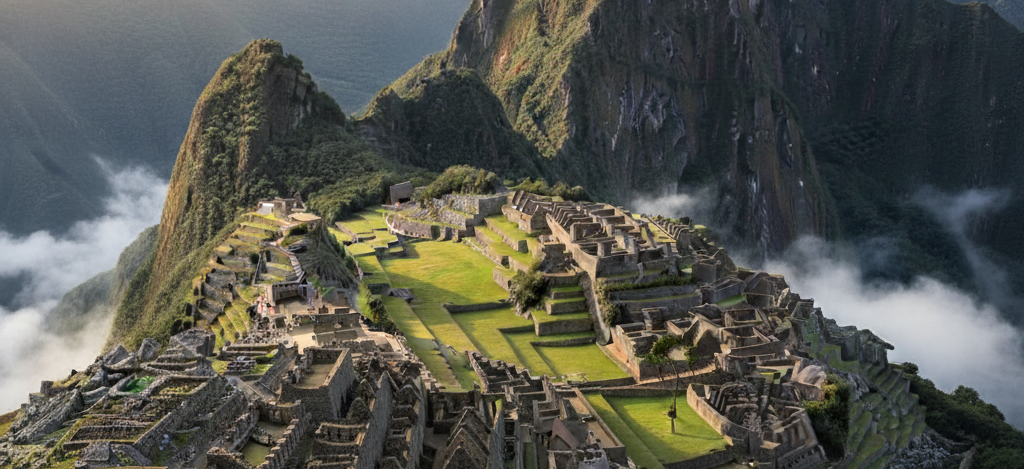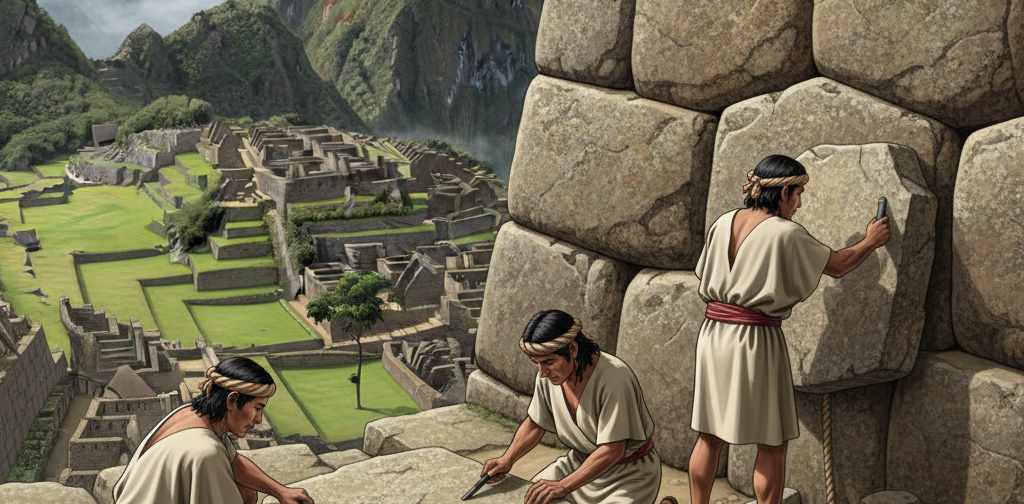Nestled high in the Andes Mountains of Peru, Machu Picchu is an enigmatic testament to the ingenuity of the Inca civilization. Often called the “Lost City of the Incas,” this 15th-century citadel blends breathtaking geography with profound historical significance, offering a window into pre-Columbian South America. Perched at an elevation of about 2,430 meters, it overlooks the Urubamba River valley, remaining hidden from Spanish conquistadors and rediscovered only in 1911 by American explorer Hiram Bingham.

Historical Background and Inca Legacy
Constructed around 1450 CE during the reign of Inca emperor Pachacuti, Machu Picchu served multiple purposes: as a royal estate, religious sanctuary, and astronomical observatory. The Incas, who built an empire stretching from modern-day Colombia to Chile, engineered this site without the wheel, iron tools, or draft animals—relying instead on human labor and precise stone masonry. The city’s abandonment around 1572 CE, likely due to the Spanish conquest and smallpox epidemics, preserved it remarkably well.
Historically, Machu Picchu reflects Inca society’s advanced understanding of agriculture, architecture, and cosmology. Terraced fields, or andenes, demonstrate their terracing techniques to cultivate crops like maize and potatoes on steep slopes. Temples aligned with solstices, such as the Intihuatana stone, highlight their solar worship and calendar systems. Artifacts unearthed here, including ceramics and textiles, reveal trade networks extending to the Amazon and Pacific coast.
Geographical Wonders and Challenges
Geographically, Machu Picchu’s location is a marvel of strategic placement:
- Mountainous Terrain: Situated on a saddle between Machu Picchu and Huayna Picchu peaks, it benefits from natural defenses provided by sheer cliffs and dense cloud forests.
- River Valley Integration: The Urubamba River below carves a sacred valley, which the Incas channeled for irrigation, preventing erosion and floods through sophisticated drainage systems.
- Biodiversity Hotspot: Surrounded by the Andean cloud forest, the site hosts diverse flora and fauna, from orchids to spectacled bears, emphasizing its role in a UNESCO Biosphere Reserve.
These features not only ensured sustainability but also posed construction challenges, like earthquakes, which the Incas mitigated with trapezoidal doors and interlocking stones that flex without collapsing.

Cultural Significance and Rediscovery
Culturally, Machu Picchu symbolizes Inca resilience and harmony with nature, embodying their philosophy of ayni (reciprocity). It influenced later Andean cultures and inspired global fascination with ancient civilizations. Bingham’s 1911 expedition, supported by Yale University and National Geographic, brought it to worldwide attention, though debates persist over artifact repatriation.
Today, as a UNESCO World Heritage site and one of the New Seven Wonders of the World, it draws over a million visitors annually. However, tourism pressures, including trail erosion and overcrowding, prompt conservation efforts like visitor limits and reforestation.
Exploring Machu Picchu in the Modern Era
For history and geography enthusiasts, trekking the Inca Trail—a 43-kilometer path through diverse ecosystems—offers an immersive experience. Virtual tours and archaeological studies continue to uncover secrets, such as hidden structures revealed by lidar technology. Machu Picchu reminds us how geography shapes history, turning a remote mountain perch into an enduring legacy of human achievement.
